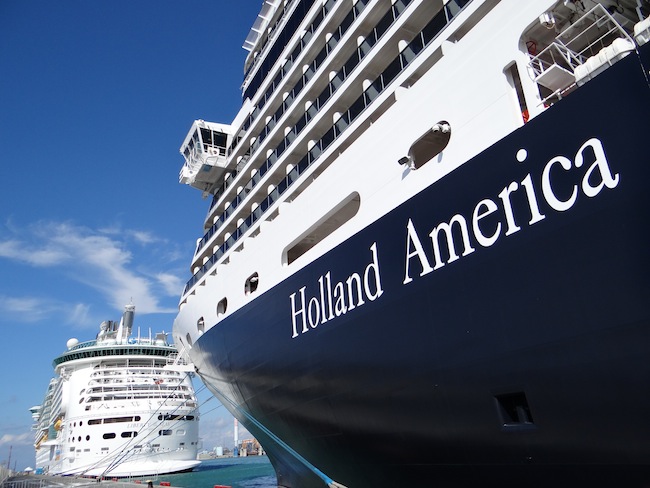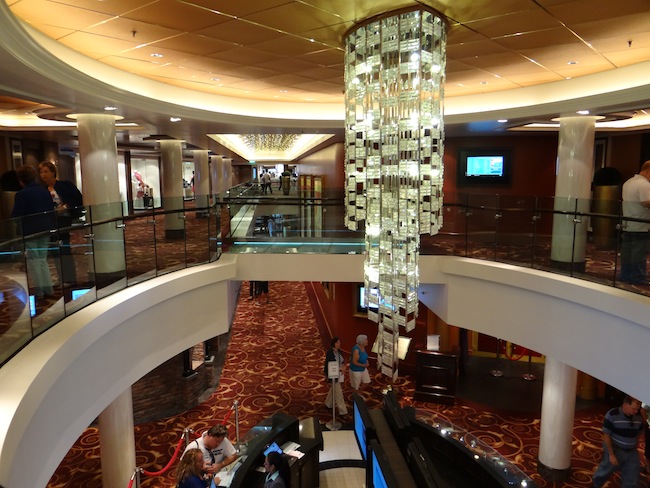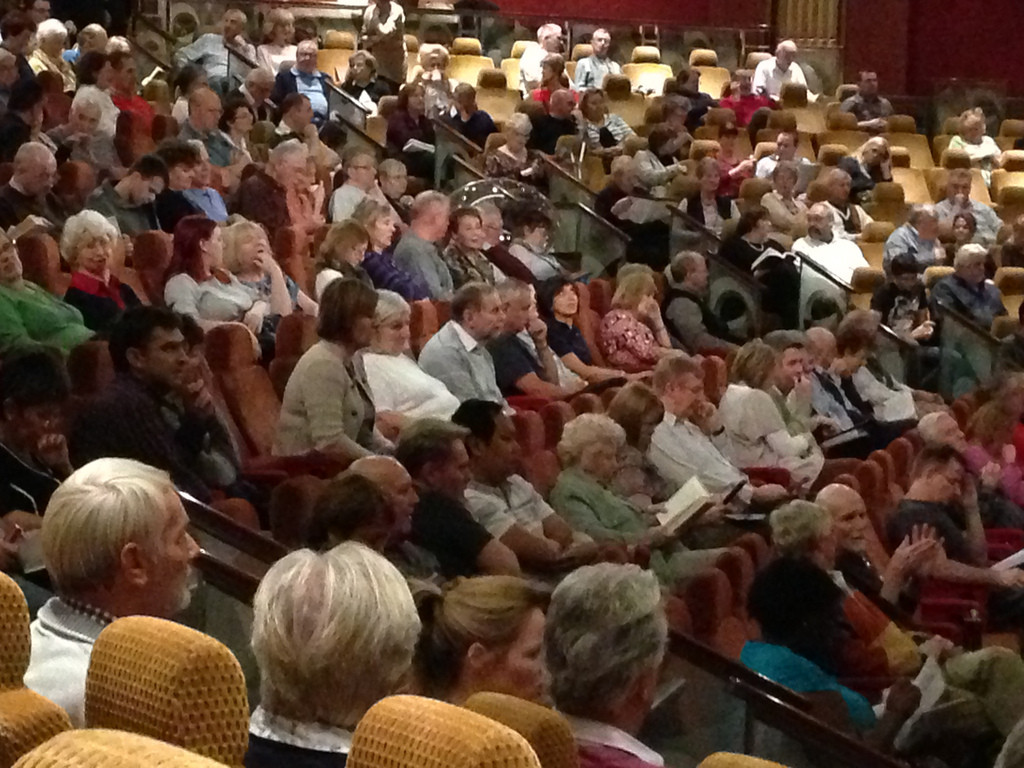The Channel Tunnel between the UK and Europe: a brief history
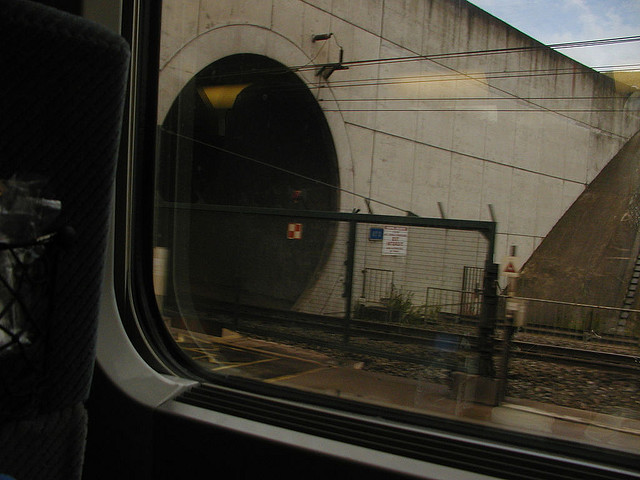 |
| Entering Channel Tunnel – Photo by http://www.flickr.com/photos/ebatty |
When travelling between London and Paris or Brussels I would recommend that you chose the Eurostar train over flying. You can travel by Eurostar from city center to city center in a much less and much less hassled way than flying.
The history of how the Channel Tunnel, which the Eurostar uses, is a long and complex one, with the UK military blocking most plans and efforts for decades for fear it would make invasion of the UK easier.
Unpleasant crossing by sea
Both Britain and France have been major trade and maritime partners, and at times rivals, for centuries. They are only 34 kilometers apart across the English Channel. But, trading and crossing had at times been hazardous because although it is only a short trip from Calais across the straits of Dover, the seas on the Channel can be very rough.
Unpleasant crossing by sea
Both Britain and France have been major trade and maritime partners, and at times rivals, for centuries. They are only 34 kilometers apart across the English Channel. But, trading and crossing had at times been hazardous because although it is only a short trip from Calais across the straits of Dover, the seas on the Channel can be very rough.
So even with modern ferries, a crossing could be unpleasant. I have been on a ferry where most of the passengers have been throwing up and seasick. A century or so ago, it could take you up to six or seven hours to cross in rough seas.
It has been argued that Queen Victoria, after feeling a little bit queasy on such a trip, challenged engineers to try and find another way, and really increased the momentum to find a solution. Over the years there were many and varied ideas put forward on better ways to cross the channel. In fact, a tunnel had been suggested even as far back to Napoleonic times, but resisted as was seen as a way to simplify invading the UK.
Finally a rail tunnel was agreed, and approved by the military
Finally a rail tunnel was agreed, and approved by the military
Finally in 1986, the UK and France managed to agree on the best approach, which was to have a rail tunnel, instead of the alternative, which was a long suspension bridge. The Channel Tunnel started to be dug in 1987, and was completed in 1991, although the tunnel was actually only opened in May 1994 for traffic. The UK military had recognised in the late 1950s that the bigger risk was from air attacks than marauding land based attacks.
An Anglo‑French consortium called TransManche Link constructed it, and the client was a private company called Eurotunnel Group, who still own and operate the tunnel. The cost was huge and the company had humongous amounts of debt as it ran horrifically 80% over budget. It finally cost about six billion pounds to build. The company struggled for years with many shareowners losing the value of their investment through restructuring which had to turn debt into shares.
The term “tunnel” is wrong – there are actually 3 tunnels
The term “tunnel” is wrong – there are actually 3 tunnels
It took 13,000 engineers and technicians to construct the tunnel. It’s actually a slight misnomer to call it a tunnel, as there are actually three tunnels. There are two running tunnels, one each way, and there’s a smaller service tunnel, with a crossover in the middle, in case there’s an emergency so the trains can actually change to either side.
The tunnels themselves are about 50 meters below the seabed. It was relatively easy to dig, because there is chalk marl underneath the sea, which is relatively easy to dig through. About 85 percent of the tunnels are constructed through this chalk marl.
There’s a terminal in Folkestone in the UK and there’s one near Calais at Sangatte. 84 kilometers of tunnels are constructed on the English side and about 69 kilometers of tunnels on the French side. The tunnels under the sea are about 30 meters apart.
There are 2 options on using the Channel Tunnel to cross to/ from the UK
There are 2 options on using the Channel Tunnel to cross to/ from the UK
There are a few options to travel through the tunnel. You can either go on a passenger train, which is Eurostar, which is a completely separate company to the Channel Tunnel company, that depart from London, Paris and Brussels city centre. Or you can go on drive on service, called Eurotunnel Shuttle, close to the tunnel entrance where you drive your car or truck onto special rail cars.
The Eurostar takes about 2 hours and 15 minutes to travel from London St Pancras to Paris Gard du Nord.
To find out more about Eurostar and the service, read more articles by Tips For Travellers on Eurostar:
- Eurostar Business Lounge at Paris Gard du Nord Station
- Eurostar Business Lounge at London St Pancras International Station
- St Pancras International Station in London (Eurostar)
- Best way to travel from London to Paris: Fly or Eurostar?
- Channel Tunnel: a history and options
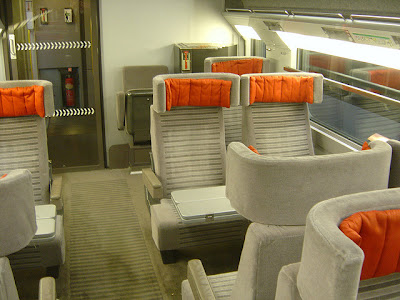 |
| Eurostar Standard Premium carriage and seats |

